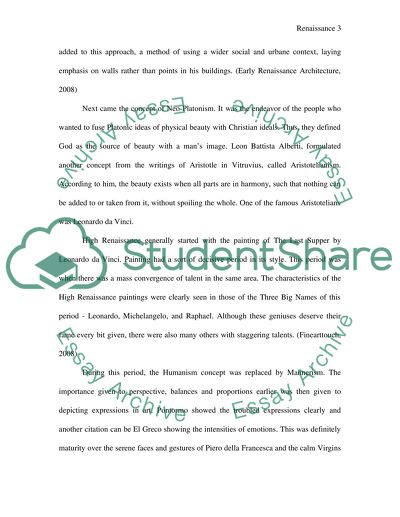Cite this document
(“How the ideal Renaissance space continued to be used or was radically Essay”, n.d.)
Retrieved from https://studentshare.org/miscellaneous/1515448-how-the-ideal-renaissance-space-continued-to-be-used-or-was-radically-challenged-in-the-following-centuries
Retrieved from https://studentshare.org/miscellaneous/1515448-how-the-ideal-renaissance-space-continued-to-be-used-or-was-radically-challenged-in-the-following-centuries
(How the Ideal Renaissance Space Continued to Be Used or Was Radically Essay)
https://studentshare.org/miscellaneous/1515448-how-the-ideal-renaissance-space-continued-to-be-used-or-was-radically-challenged-in-the-following-centuries.
https://studentshare.org/miscellaneous/1515448-how-the-ideal-renaissance-space-continued-to-be-used-or-was-radically-challenged-in-the-following-centuries.
“How the Ideal Renaissance Space Continued to Be Used or Was Radically Essay”, n.d. https://studentshare.org/miscellaneous/1515448-how-the-ideal-renaissance-space-continued-to-be-used-or-was-radically-challenged-in-the-following-centuries.


